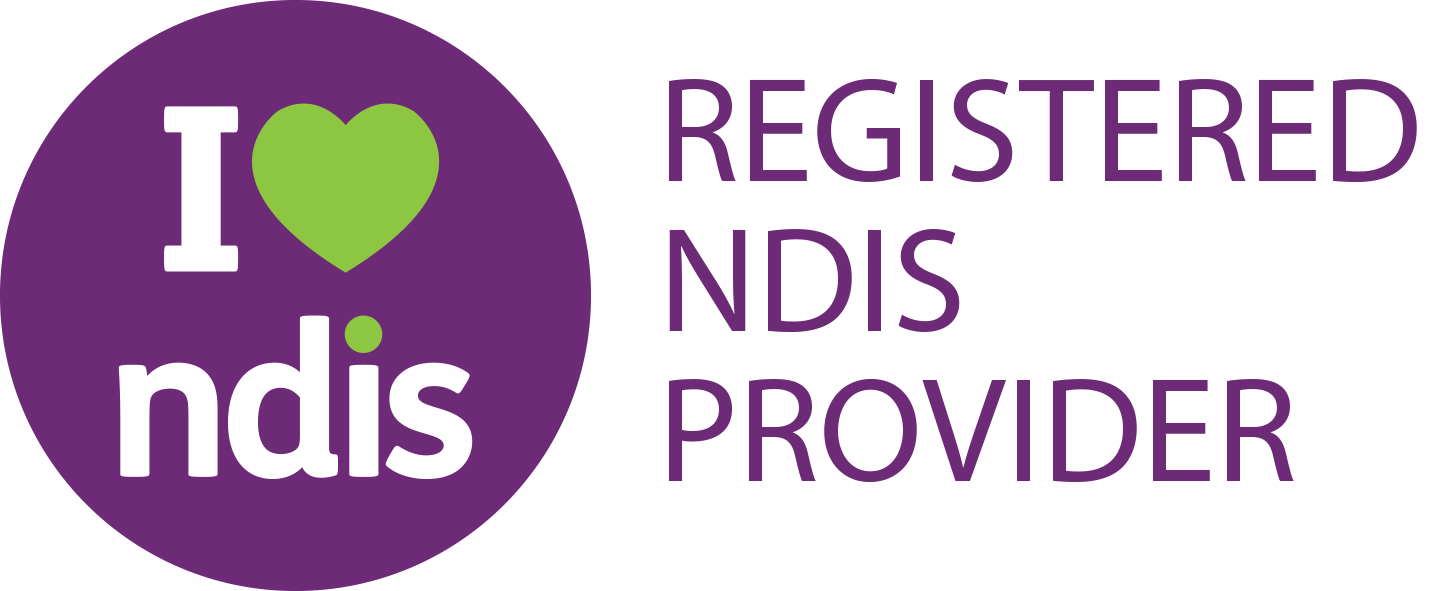Understanding Autism Spectrum Disorder (ASD)
Advance Minds Blog
A safe space to explore subjects within the community such as mental health, substance abuse and personal identity.
Our safe space also provides the opportunity for real individuals to express their hardships and success through writing.
Understanding Autism Spectrum Disorder (ASD): Key Facts, Symptoms, and Support Options

Autism Spectrum Disorder (ASD) is a complex neurodevelopmental condition that affects communication, social interaction, behavior, and how individuals perceive the world. It’s known as a "spectrum" disorder because its symptoms and severity can vary widely from one person to another. Here’s an overview of autism, its symptoms, possible causes, and ways to support individuals with ASD.
1. What is Autism Spectrum Disorder (ASD)?
- Definition: Autism Spectrum Disorder is a developmental condition that affects how a person communicates, interacts, and experiences the world.
- Spectrum nature: Autism exists on a spectrum, meaning individuals can have different symptoms and levels of support needs, from minimal to very high.
- Prevalence: Autism affects about 1 in 36 children in the U.S. and is diagnosed more frequently in boys than girls.
2. Core Symptoms of Autism Spectrum Disorder
- Social communication challenges: Individuals with autism often find it difficult to interpret social cues, make eye contact, or engage in typical conversational exchanges.
- Repetitive behaviors and routines: Many people with autism engage in repetitive behaviors like hand-flapping, rocking, or repeating phrases and may have strong preferences for routine.
- Sensitivity to sensory input: Autism often comes with heightened or decreased sensitivity to stimuli like sounds, textures, lights, or smells.
- Difficulty with change: Changes in routine or environment can cause distress or anxiety, leading some to rely on rigid routines or rituals for comfort.
3. Common Early Signs of Autism
- Delayed speech and language skills: Children with autism may begin speaking later than their peers or use fewer words to communicate.
- Limited eye contact or facial expressions: Early signs can include avoiding eye contact, limited facial expressions, or not responding to their name.
- Lack of shared interests: A child with autism may not point to share interests or show things to others, which can be one of the early indicators.
- Repetitive play: Preference for lining up toys, repeating actions, or fixating on certain objects over exploring new ones.
4. Types of Autism Spectrum Disorder
- Level 1 (Requiring Support): Individuals may have mild symptoms that affect social interactions and organization but can function independently with some support.
- Level 2 (Requiring Substantial Support): Individuals may need moderate assistance, particularly with communication and adjusting to social environments.
- Level 3 (Requiring Very Substantial Support): Individuals often require significant support, may have minimal verbal skills, and can struggle with day-to-day activities.
5. Causes and Risk Factors for Autism
- Genetic factors: Genetics play a significant role in autism, and ASD tends to run in families. Many genetic mutations and conditions have been linked to autism.
- Environmental factors: Exposure to certain environmental influences, such as prenatal exposure to certain medications, infections, or toxins, may increase the risk of autism.
- Brain development: Studies show that people with autism have differences in brain development and connectivity that affect how they process information.
- No single cause: Autism likely results from a combination of genetic and environmental factors. There is no evidence that vaccines cause autism.
6. Diagnosis of Autism Spectrum Disorder
- Early assessment: Diagnosing autism as early as possible can significantly improve outcomes. Screening can begin as early as 18 months.
- Evaluation by specialists: A diagnosis often involves a multidisciplinary team, including psychologists, neurologists, and speech-language pathologists, to assess behavior, communication, and developmental history.
- DSM-5 criteria: The DSM-5 (Diagnostic and Statistical Manual of Mental Disorders) includes specific criteria for diagnosing autism, such as social communication difficulties and restricted behaviors.
7. Treatment Options for Autism Spectrum Disorder
- Behavioral and Developmental Therapies:
- Applied Behavior Analysis (ABA): Focuses on improving specific skills and behaviors through positive reinforcement.
- Social Skills Training: Helps individuals learn and practice social interactions, body language, and social cues.
- Speech and Language Therapy: Assists with communication skills, helping individuals with language development, nonverbal communication, or alternative communication methods.
- Occupational Therapy: Supports fine motor skills, daily living tasks, and sensory processing challenges.
- Medication: While there’s no cure for autism, medications may be prescribed to manage associated symptoms like anxiety, irritability, or hyperactivity.
8. Self-Help and Support Strategies for Individuals and Families
- Visual supports and schedules: Visual aids, like picture schedules, can help individuals with autism understand routines and expectations.
- Sensory-friendly environments: Providing sensory-friendly spaces, like quiet rooms or headphones, can help reduce discomfort from sensory overstimulation.
- Encourage special interests: Many individuals with autism have intense interests in certain subjects, which can be incorporated into learning and activities for engagement.
- Self-advocacy: Encouraging self-expression and self-advocacy can empower individuals with autism to communicate their needs and preferences.
9. Challenges and Misconceptions about Autism
- It’s not a “one-size-fits-all” condition: Since autism is a spectrum, each individual has unique strengths, challenges, and support needs.
- Autism doesn’t define intelligence or ability: Many individuals with autism have typical or above-average intelligence and may excel in fields that suit their strengths.
- Communication differences don’t imply a lack of understanding: People with autism may struggle to communicate but often understand more than they express.
- Autism doesn’t have a “cure”: Autism is a lifelong condition. Treatment aims to support development and quality of life, not to “cure” autism.
10. Supporting Individuals with Autism in Daily Life
- Promote inclusivity: Encourage inclusive environments at school, work, and in the community to reduce social barriers and discrimination.
- Celebrate neurodiversity: Recognizing and valuing neurodiversity fosters acceptance and provides a sense of belonging to individuals with autism.
- Practice patience and understanding: Respect each individual’s unique way of processing the world, and avoid pressure to conform to typical behaviors.
- Build a strong support network: Family, friends, therapists, and educators play crucial roles in providing a supportive environment that respects each individual’s unique needs.
11. Pathways to Education and Employment
- Specialized education plans: Individualized Education Programs (IEPs) provide customized support for students with autism to help them succeed in school.
- Vocational training: Programs that teach job-related skills can help individuals with autism prepare for and succeed in the workforce.
- Strength-based approaches: Focusing on strengths, such as attention to detail or creative problem-solving, can help individuals with autism find fulfilling roles.
Final Thoughts:
Autism Spectrum Disorder is a diverse condition that affects each individual differently. With appropriate support, understanding, and resources, individuals with autism can thrive and lead fulfilling lives. Promoting inclusivity, celebrating neurodiversity, and empowering people with autism are key steps in building a society that values and supports everyone.
















